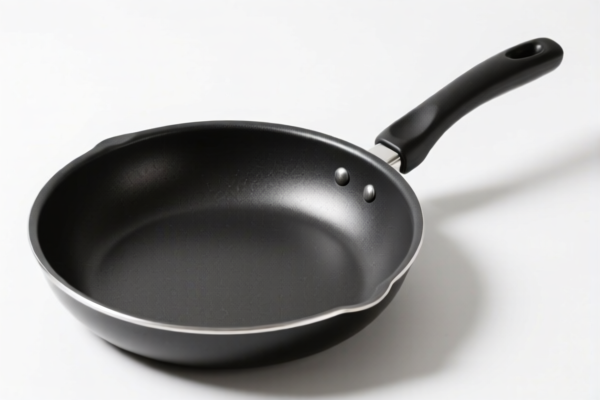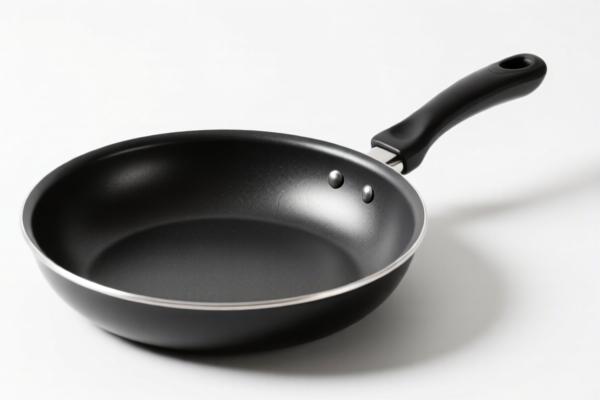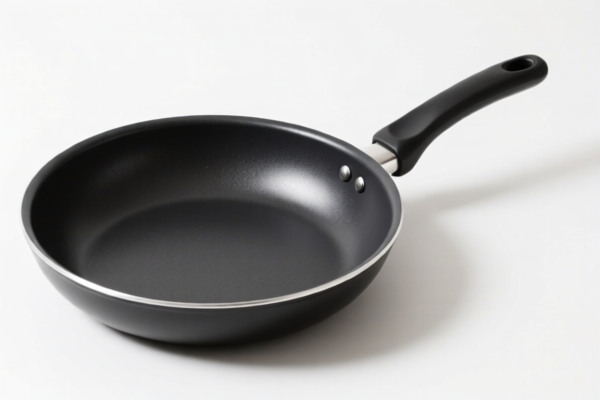| HS Code | Official Doc | Tariff Rate | Origin | Destination | Effective Date |
|---|---|---|---|---|---|
| 7323997000 | Doc | 60.3% | CN | US | 2025-05-12 |
| 7615107130 | Doc | 58.1% | CN | US | 2025-05-12 |




Okay, let's break down the HS codes and tax implications for your declared "FRYER PAN" items. Here's a structured analysis to help you understand the classification and potential costs:
Understanding HS Codes – A Quick Guide
Before diving into specifics, remember that HS codes are internationally standardized. The first 6 digits define the product group, and the following digits provide more specific details.
- Chapter 73: Iron or steel articles.
- Chapter 76: Aluminum articles.
- Section: Further breaks down the chapter into specific categories.
- Subheading: Even more detailed classification.
Item 1: FRYER PAN – HS Code 7323.99.70.00
- 73: Iron or steel articles. This indicates the pan is primarily made of iron or steel.
- 23: Table, kitchen or other household articles and parts thereof; iron or steel wool; pot scourers and scouring or polishing pads, gloves and the like. This narrows it down to kitchenware.
- 99: Other. This signifies that the pan doesn't fall into more specific categories within kitchenware.
- 70.00: Not coated or plated with precious metal; Other. This further specifies the pan is not coated with precious metals and falls into the "other" category.
Tax Implications (HS Code 7323.99.70.00):
- Basic Duty: 5.3%
- Additional Duty: 0.0% currently.
- Post April 2, 2025: An additional duty of 30% will be applied to steel and aluminum products.
- Total Tax: 60.3% (This figure includes the basic duty and the potential additional duty after April 2, 2025).
Item 2: FRYER PAN – HS Code 7615.10.71.30
- 76: Aluminum articles. This indicates the pan is primarily made of aluminum.
- 15: Table, kitchen or other household articles and parts thereof; pot scourers and scouring or polishing pads, gloves and the like. This narrows it down to kitchenware.
- 10: Table, kitchen or other household articles and parts thereof; pot scourers and scouring or polishing pads, gloves and the like.
- 71: Not enameled or glazed and not containing nonstick interior finishes.
- 30: Other Other cookware: Bakeware (cookware not suitable for stove top use). This specifies the pan is bakeware, not suitable for stove top use.
Tax Implications (HS Code 7615.10.71.30):
- Basic Duty: 3.1%
- Additional Duty: 0.0% currently.
- Post April 2, 2025: An additional duty of 30% will be applied to steel and aluminum products.
- Total Tax: 58.1% (This figure includes the basic duty and the potential additional duty after April 2, 2025).
Important Considerations & Recommendations:
- Material Verification: Crucially, double-check the exact material composition of your fryer pans. The difference between iron/steel and aluminum significantly impacts the HS code and, therefore, the tax rate. Provide material certificates if available.
- Coating/Finishes: Confirm whether the pans have any coatings (even seemingly minor ones) or non-stick finishes. This can change the HS code.
- Intended Use: The classification of bakeware (7615.10.71.30) is specific to items not suitable for stove top use. If your pans are designed for stove top cooking, the HS code will be different.
- Single vs. Multiple HS Codes: If you have different types of fryer pans (e.g., some are steel, some are aluminum, some are coated, some are not), you may need to use multiple HS codes.
- 2025 Tariff Changes: Be prepared for the increased tariffs on steel and aluminum products starting April 2, 2025. Factor this into your pricing and import planning.
- Certification: Depending on the final use of the fryer pans (e.g., food contact), you may need specific certifications (e.g., FDA, LFGB). Check the import requirements of your destination country.
- Invoice Details: Ensure your commercial invoice clearly states the material composition, coating details, and intended use of the fryer pans. This will help customs officials accurately classify the goods.
Disclaimer: I am an AI assistant and cannot provide definitive customs rulings. This information is for general guidance only. It is highly recommended to consult with a licensed customs broker or import specialist in your country for accurate classification and compliance advice. They can review your specific product details and provide tailored guidance.
Customer Reviews
The information was good, but I wish there were more visuals to help understand the HS code structure. Still, it was useful for my research.
I was confused about the HS code for bakeware, but the explanation for 7615.10.71.30 made everything click. Highly recommend this resource.
Great info on the difference between aluminum and steel fryer pans. The tax implications for each were clear and easy to follow.
The breakdown of HS Code 7323.99.70.00 was really helpful. I now understand why the tariff rate is 60.3% for steel fryer pans.